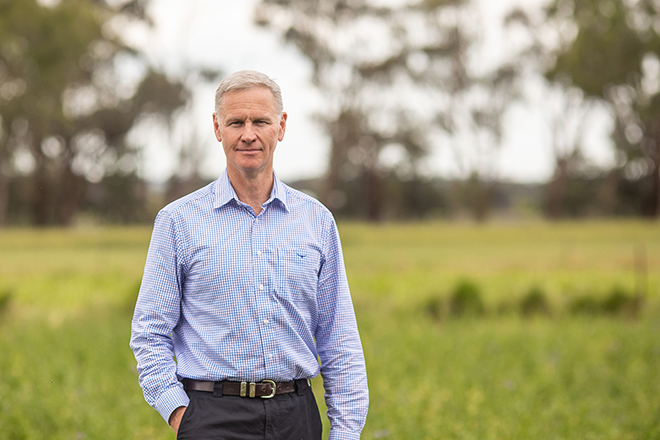That’s according to a new report commissioned by AgriFutures Australia. The study revealed that Australia’s agriculture, fisheries and forestry industries need $8.7 billion of annual investment for the next nine years to meet the NFF’s 2030 target.
Currently, the industry attracts around $1.2 billion of investment per year, with farm gate output valued at $63 billion. Data modelled in the report shows that current investment in agriculture could limit the growth of the industry to just $84 billion in farm gate value by 2030.
The report written by Natural Capital Economics warns that without a significant increase in private sector and government investment, agriculture would fall well short of its potential economic value.
John Harvey, AgriFutures Australia Managing Director, said that attracting sufficient capital is critical for fuelling growth.
“From purchasing machinery, to expanding production, to adopting new farming practices and innovating – access to capital is critical,” he stated.
Mr Harvey said that while Australia is regarded as a global leader in agtech research and innovation, farmers needed better access to capital in order to deploy technology at a paddock level.
“The use of precision agriculture technologies, sensor-based applications and IoT are fundamental to fuelling sector growth. All these innovations require capital.”
“We know agriculture offers investors, like superannuation funds, an attractive ‘point of difference’ to add to their portfolios to create a more diverse and balanced investment profile.”









